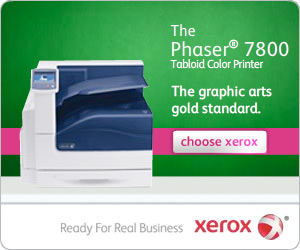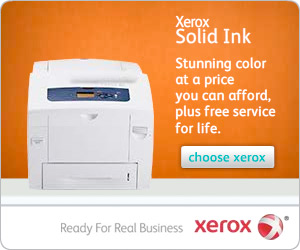The following appears on business.time.com
Investors cheered an upbeat forecast from H.P. CEO Meg Whitman, who faces a tough turnaround at the tech pioneer
Finally, a glimmer of hope for troubled titan Hewlett-Packard.
 The Silicon Valley pioneer offered an upbeat outlook Wednesday that cheered Wall Street investors, who pushed H.P.’s stock price up nearly 9% on hopes that the company is finally making progress in its multi-year turnaround effort. H.P. CEO Meg Whitman, who has repeatedly said that it will take five years to right the ship at the tech giant, told analysts that the turnaround is broadly on track. She said she expects revenue to “stabilize” next year, before accelerating in 2015. Whitman’s encouraging comments came after she spooked investors in August by warning that H.P. could fall short of its growth goals for 2014.
The Silicon Valley pioneer offered an upbeat outlook Wednesday that cheered Wall Street investors, who pushed H.P.’s stock price up nearly 9% on hopes that the company is finally making progress in its multi-year turnaround effort. H.P. CEO Meg Whitman, who has repeatedly said that it will take five years to right the ship at the tech giant, told analysts that the turnaround is broadly on track. She said she expects revenue to “stabilize” next year, before accelerating in 2015. Whitman’s encouraging comments came after she spooked investors in August by warning that H.P. could fall short of its growth goals for 2014.
“While there is a lot more work to be done, I am confident about the progress we are making,” Whitman said in a statement. “We’re producing tangible results, strengthening our balance sheet and delivering innovative products across all our key segments. We are implementing the changes needed to support our multi-year turnaround journey, reaffirm HP’s leadership position, and create enduring value for customers as well as for our shareholders.” She said that by 2016, analysts can expect to see an “industry-leading company.”
(MORE: Two Years After Steve Jobs’ Death, Is Apple a Different Company?)
Patrick Moorhead, an analyst at Moor Insights & Strategy cited by Reuters, praised Whitman’s remarks. “Most of the comments were about growth opportunities rather than  fixing holes in the ship,” said Moorhead, who attended Wednesday’s analyst meeting. “Investors like that.”
fixing holes in the ship,” said Moorhead, who attended Wednesday’s analyst meeting. “Investors like that.”
In a technology industry evolving rapidly, major corporate turnarounds are extremely challenging. Even as a tech giant seeks to address its problems, rivals are pressing forward. In short, it’s very difficult to play catch-up, and some industry observers have questioned whether Whitman will be able to make it happen. A former CEO of online auction giant eBay, Whitman was named H.P. CEO in September 2011. The company’s stock has lost about half of its value since 2010.
H.P. is one of the most storied firms in Silicon Valley history. The company’s legendary founders, Bill Hewlett and Dave Packard, founded H.P. in 1939 in a Palo Alto garage with $538 in startup money. (That’s the equivalent of about $9,000 today.) Hewlett and Packard are widely considered to be the symbolic fathers of Silicon Valley, and over the decades,  H.P. grew to be one of the most important technology companies in America. Wired magazine credits H.P. with producing the first personal computer in 1968, and the company would go on to produce a range of popular consumer electronics, including PCs, laptops and printers.
H.P. grew to be one of the most important technology companies in America. Wired magazine credits H.P. with producing the first personal computer in 1968, and the company would go on to produce a range of popular consumer electronics, including PCs, laptops and printers.
(MORE: The Fatal Mistake That Doomed BlackBerry)
But over the last decade, there has been a fundamental shift in the technology industry away from low-margin hardware like PCs and printers — H.P.’s traditional strength — and toward software and services, particularly for business customers. Fellow tech pioneer I.B.M. navigated this shift by buying PwC’s consulting business in 2002 and selling its personal computer business to Chinese hardware giant Lenovo in 2005. H.P. has struggled to manage the shift from hardware to software and services, and in recent years has seemed adrift, beset by high-level corporate intrigue, and lacking a clear strategic vision.
H.P. has been battered by the sharp decline in sales of personal computers. On Wednesday, research firm Gartner said that worldwide PC shipments declined by 8.6% in the third quarter of this year, marking the sixth consecutive quarter of declining worldwide PC shipments. Mikako Kitagawa, principal analyst at Gartner, cited the ongoing shift by consumers away from PCs and toward tablets “for daily content consumption.” Kitagawa also said that “a greater availability of inexpensive Android tablets attracted first-time consumers in emerging markets, and as supplementary devices in mature markets.”
Click here to read the rest of the article on business.time.com